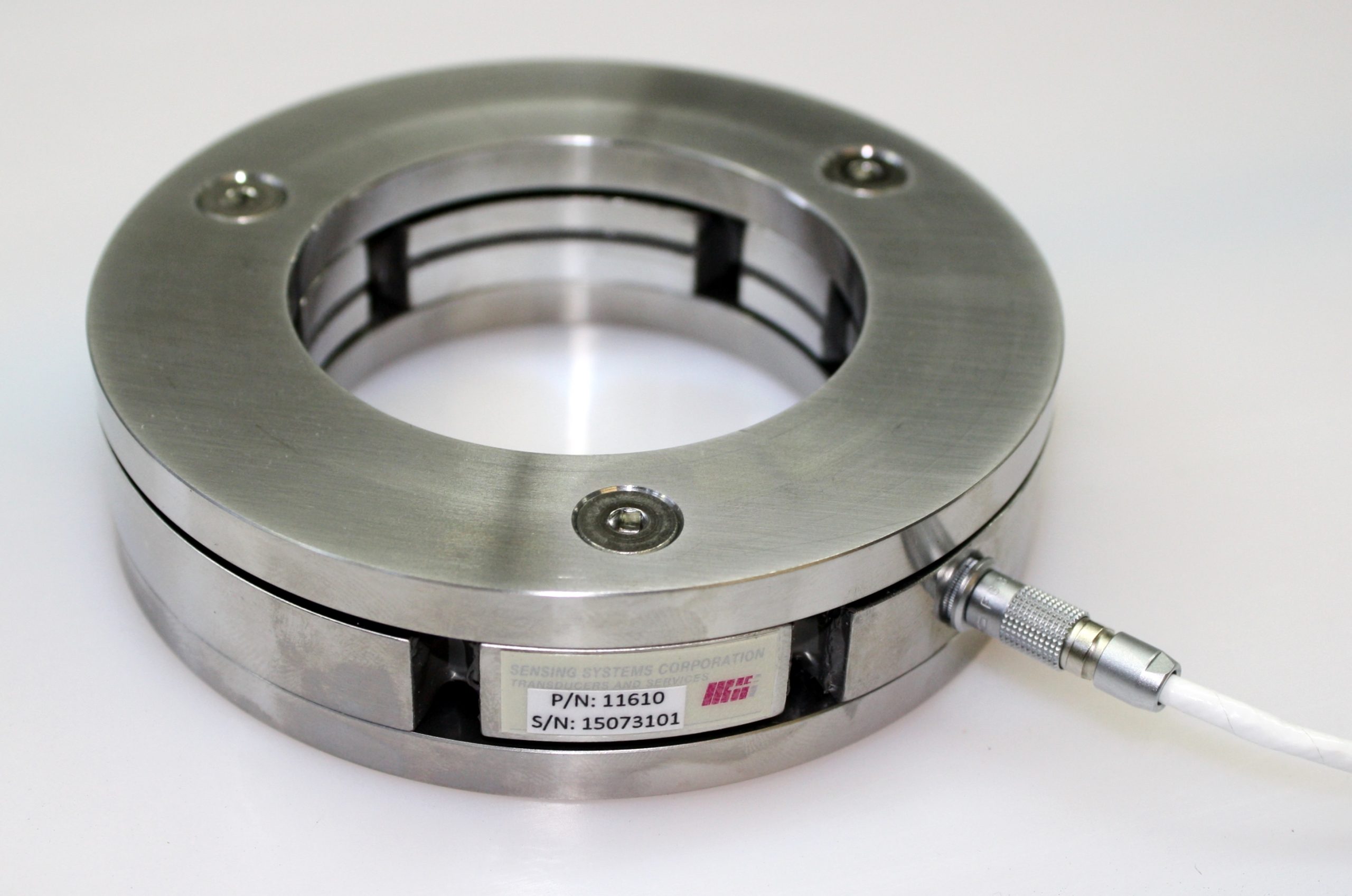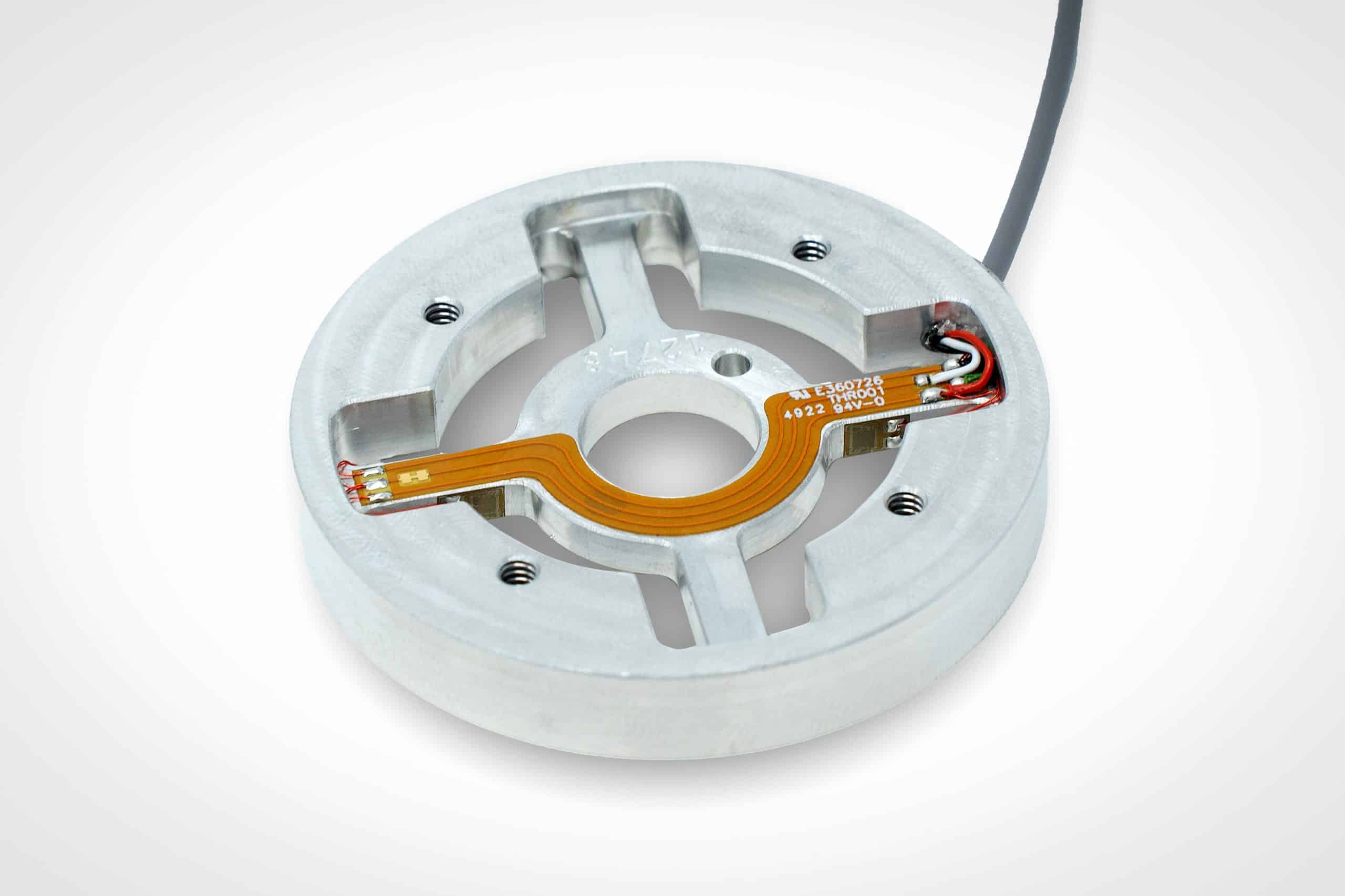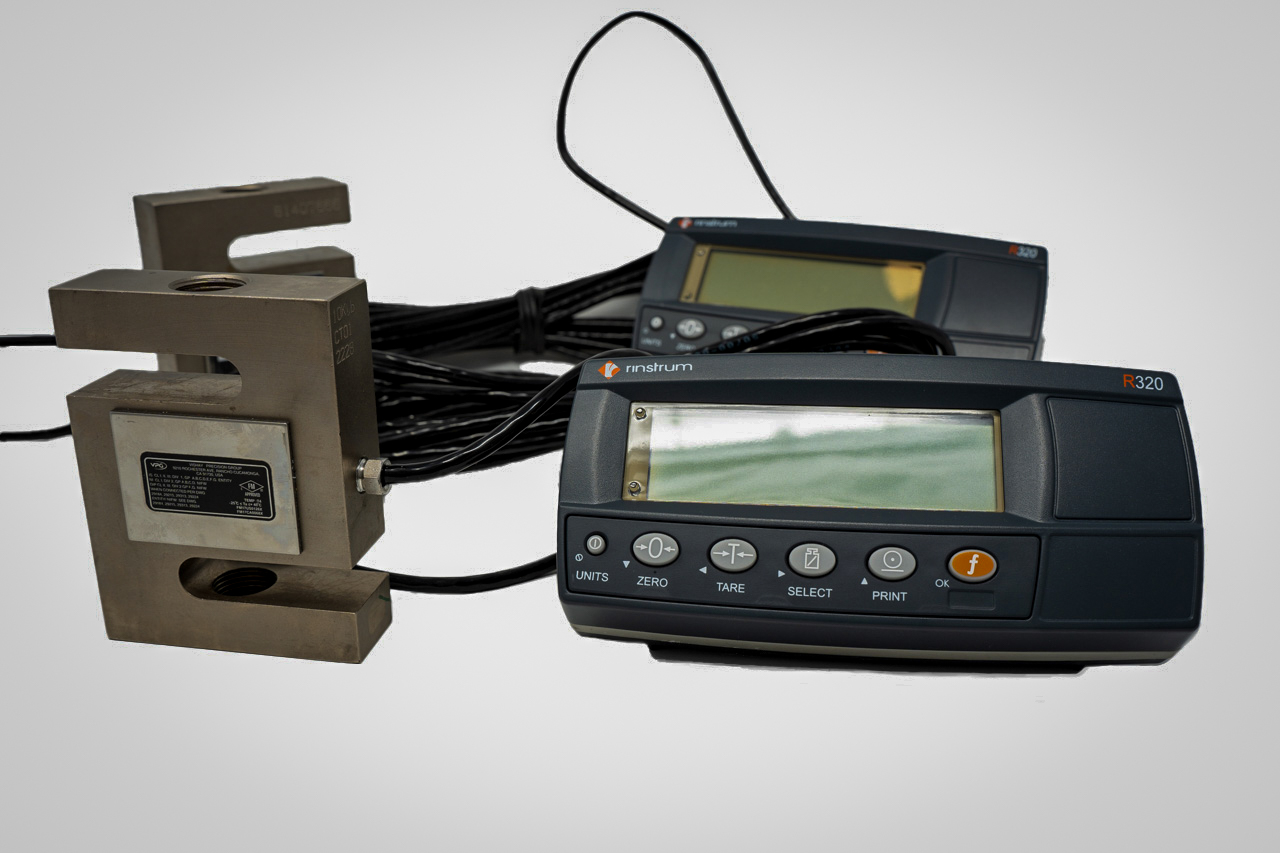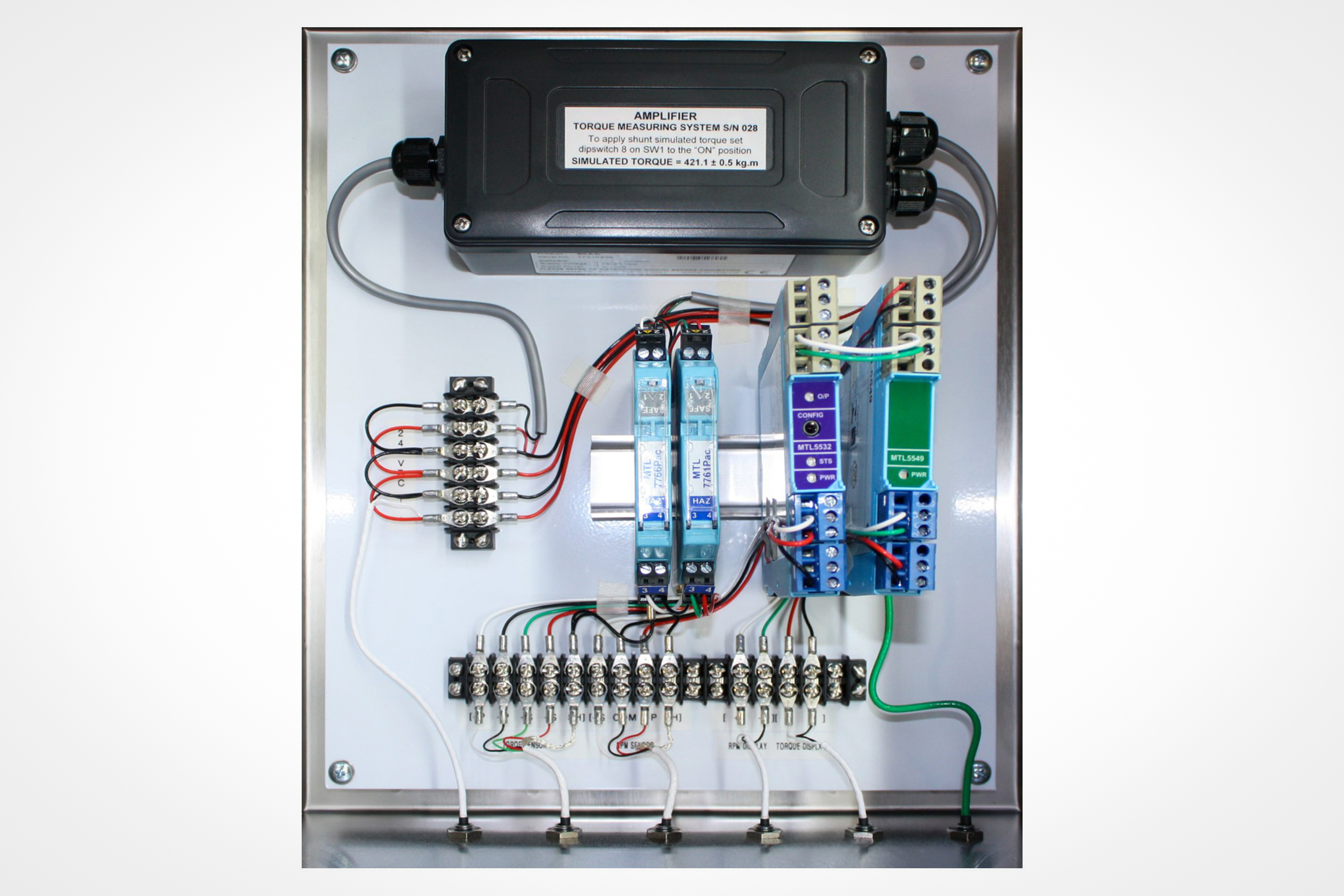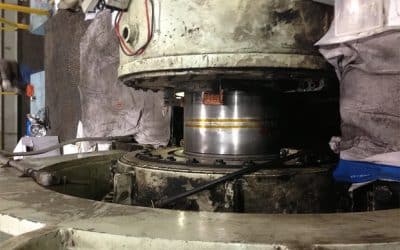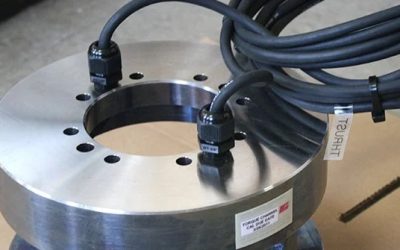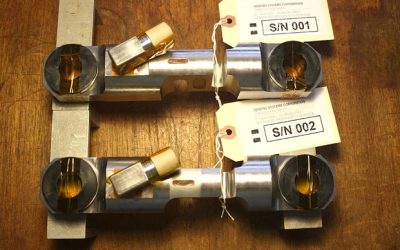Basic Facts
Analog vs Digital Load Cells: A Beginner’s Guide
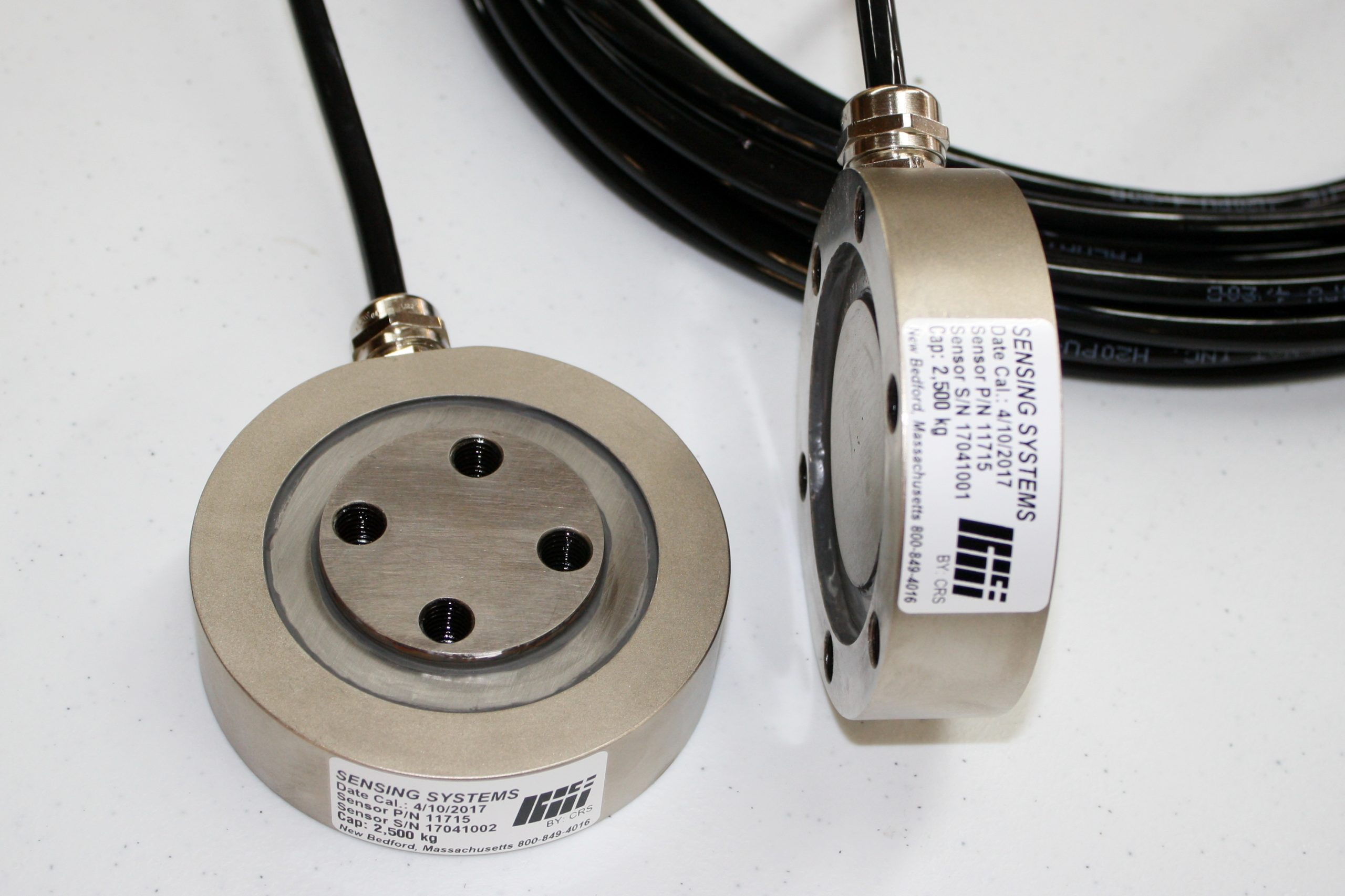
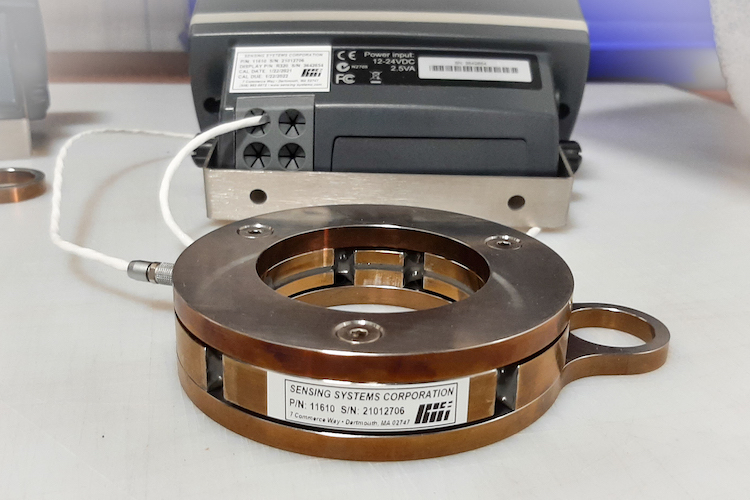
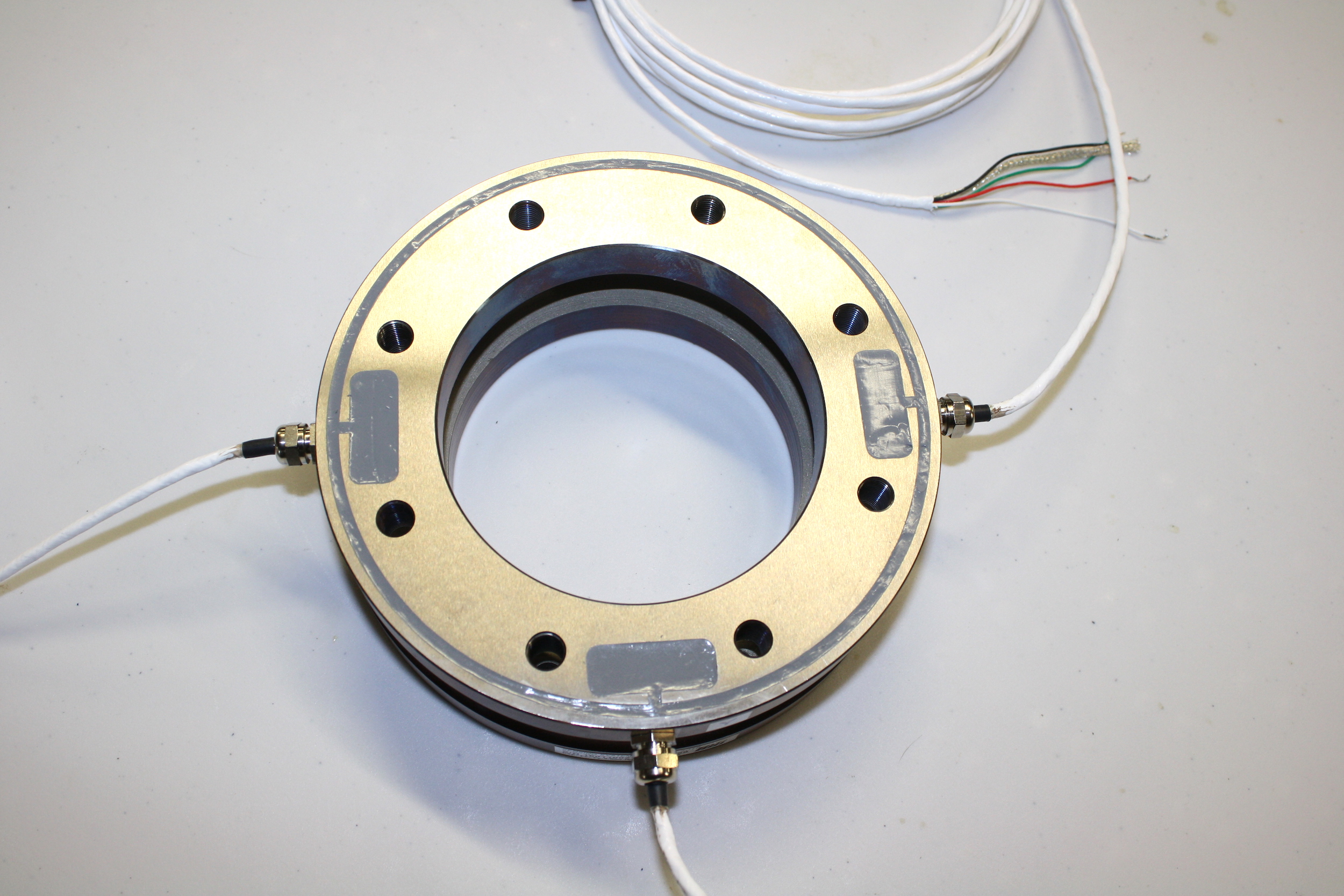
Precision Measurement Products
We serve all industries where force and torque measurement products are required. Our products include all of the standard load cells and torque sensors available from beam, “S” type and single point load cells to reaction and rotating torque sensors. Our products have gone where no others have gone before.
Load Cells
Sensing Systems offers custom solutions for all force measurement applications. We manufacture load cells in all capacities and configurations, from standard off-the-shelf to fully custom designs.
Torque Sensors
Complete solutions for all torque transducer measurement applications. We offer “Custom Off the Shelf” units by matching the required application to our existing designs.
Calibration Equipment
Sensing Systems offers a variety of standard and custom kits for any force or torque calibration needs, enabling companies to in-source their calibration needs.
Instrumentation & Electronics
All our sensors may be interfaced with electronic equipment to display, monitor, log, and analyze the desired measurements.
Basic Fundamental Facts
How To Ensure Torque Sensor Accuracy
Basic Facts When it comes to an accurate manufacturing process,...
Load Cell Troubleshooting: 5 Factors That May Affect Maintenance
Basic Facts Load cell troubleshooting is essential to obtain...
Custom Load Cell Applications and Uses
Basic Facts Load cells are an essential portion of many...

